Pierre TAL COAT (1905-1985)
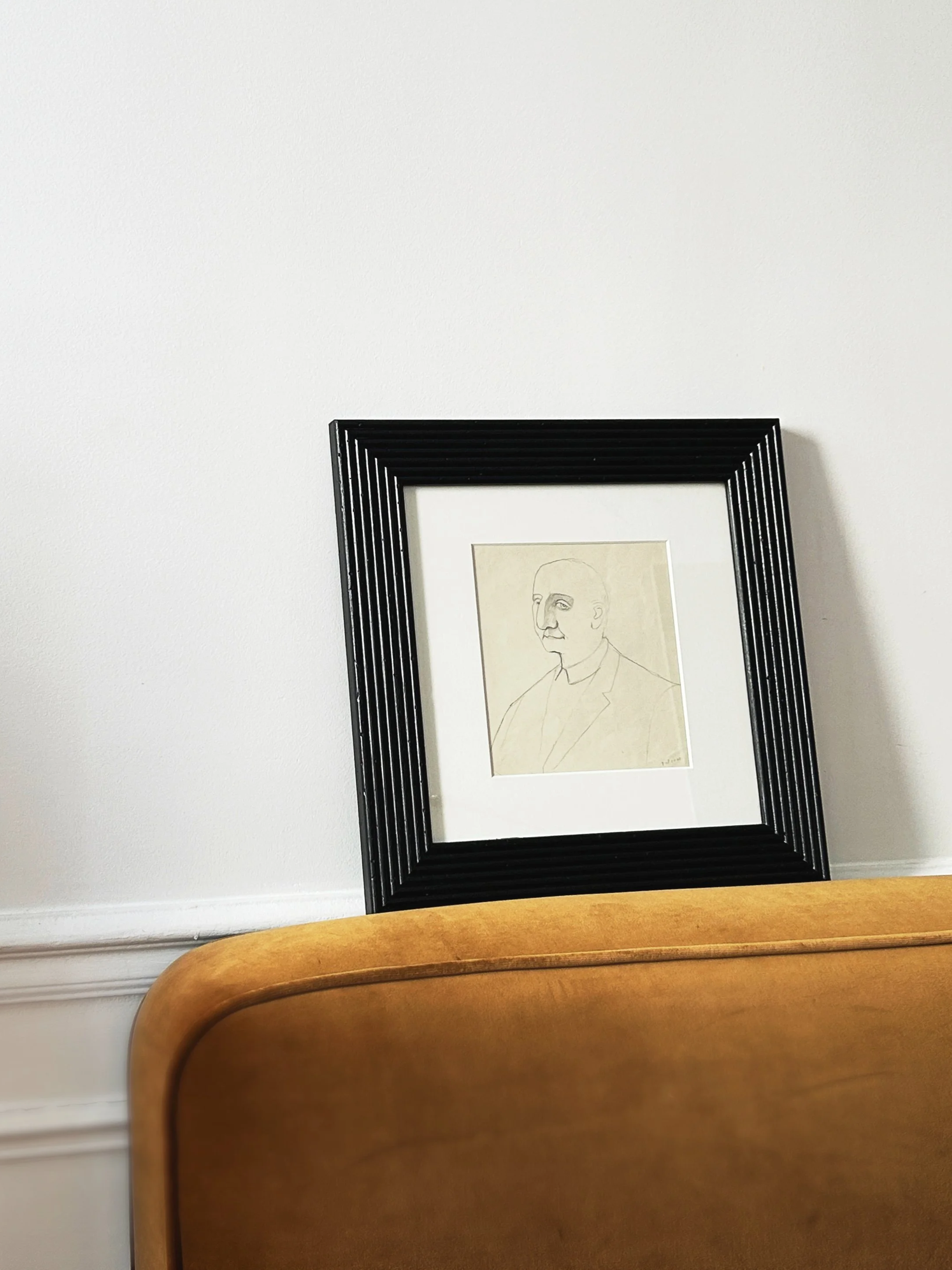
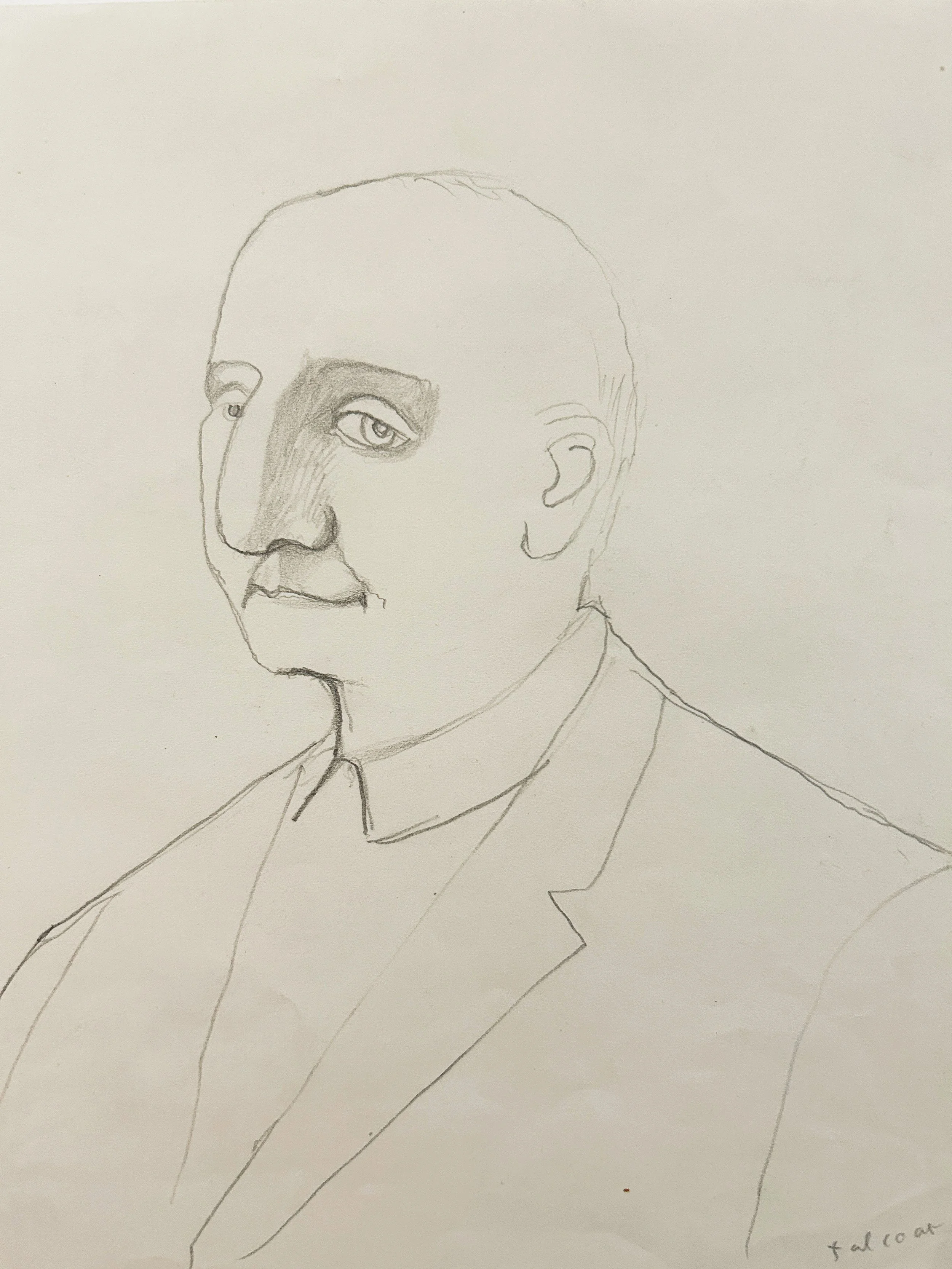
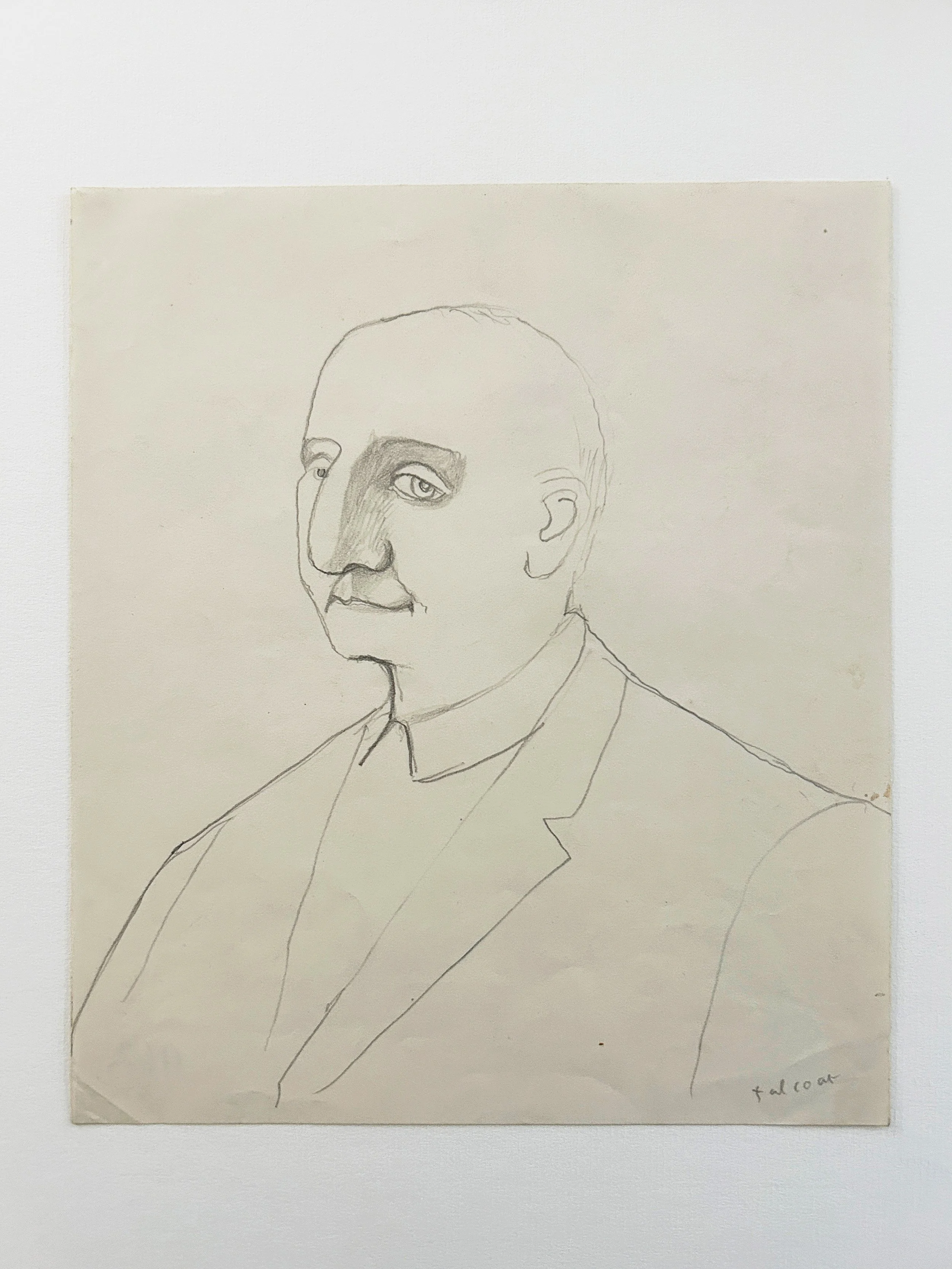
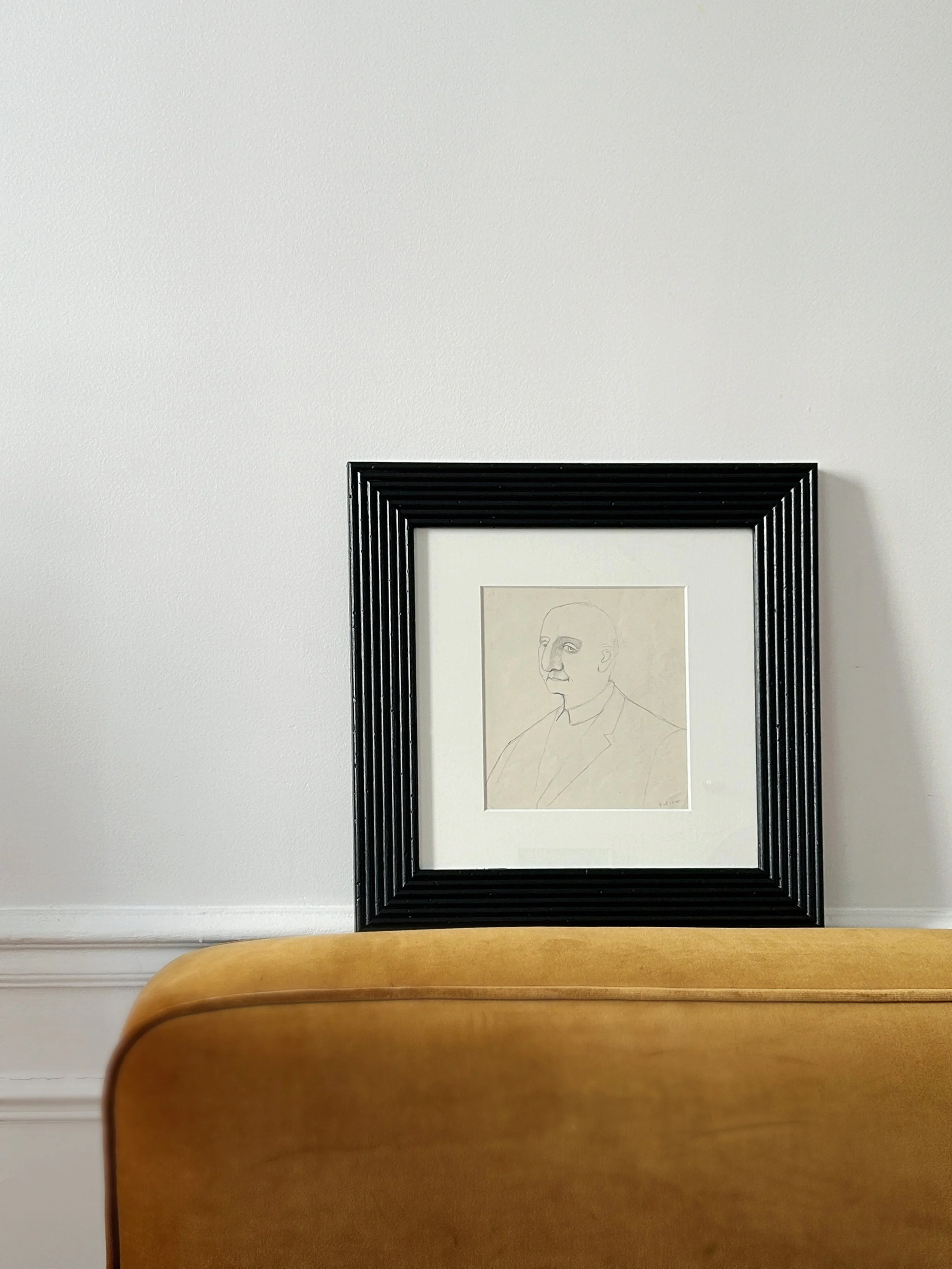
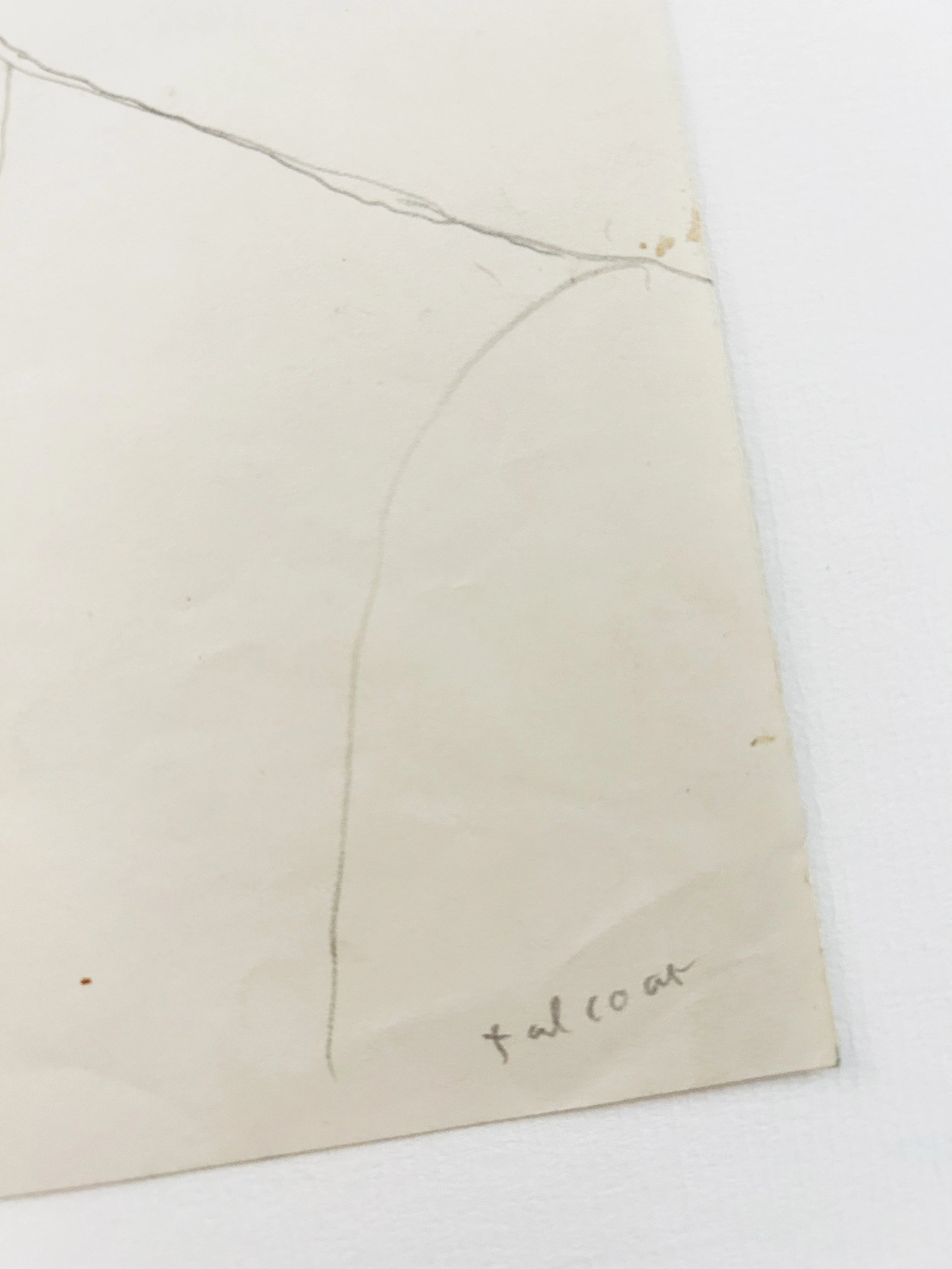
Pierre TAL COAT (1905-1985)
Portrait d’André Marchand (1907-1997), circa 1930
Portrait anciennement supposé de Gertrude Stein (1874-1946)
Crayon sur papier
Signé en bas à droite
Numéroté “962” au verso
21 x 18 cm
-
Portrait of André Marchand (1907-1997), circa 1930
Portrait formerly believed to be of Gertrude Stein (1874–1946)
Pencil on Paper
Signed lower right
Numeroted “962”
21 x 18 cm
Fils de marin-pêcheur d’origine bretonne, Pierre Louis Jacob, dit Pierre Tal Coat depuis 1926, naît à Clohars-Carnoët (Finistère) en 1905. Il commence à dessiner à partir de 1918 alors qu’il est apprenti forgeron. D’abord peintre céramiste à la faïencerie de Quimper en 1924, il dessine au crayon, au fusain et au pastel sur le thème de la campagne bretonne. Il s’installe à Paris la même année et se rend régulièrement en Bretagne. Il se lie d’amitié avec, entre autres, Gertrude Stein, Francis Picabia, Tristan Tzara et Antonin Artaud.
Dès 1935, il compte parmi les membres du groupe Forces nouvelles aux côtés d’artistes tels que Georges Rohner, André Marchand, Robert Humblot ou encore Jean Lasne. En 1941, il participe à l’exposition fondatrice Vingt jeunes peintres de tradition française organisée par Jean Bazaine à la galerie Braun à Paris.
Durant la Seconde Guerre mondiale, il élit domicile en Provence, au pied de la montagne Sainte-Geneviève, avant de regagner Paris et le quartier du Montparnasse. En 1947, l’artiste participe à l’exposition Painting in France 1939-1946 au Whitney Museum de New-York où ses œuvres sont remarquées par le critique d’art américain Clément Greenberg. L’artiste s’éloigne progressivement du motif. Il rejoint la galerie Maeght en 1954 avant de s’installer dans un grand atelier dans l’Eure où s’opère une mutation de sa peinture à partir de 1960. Une grande rétrospective de son œuvre est organisée au Grand Palais en 1976.
Dans les années 1930, Pierre Tal-Coat peint de nombreux portraits de ses proches parmi lesquels Gertrude Stein (1874-1946) et André Marchand (1907-1997) en 1933 ; ce dernier étant conservé au musée d’art moderne de la ville de Paris (ill.1 & 2).
Nous remercions monsieur Renaud Faroux, historien de l’art et commissaire d’expositions, de nous avoir aimablement suggéré le nom d’André Marchand dont la physionomie nous semble in fine correspondre à celle de notre modèle.
ill.1 Pierre Tel Coat, Portrait d’André Marchand, 1933, huile sur toile, Paris, Musée d’art moderne de la ville.
ill.2 Pierre Tel Coat, Portrait d’André Marchand, crayon sur papier, coll. part.
Principales collections publiques
Paris, Centre Pompidou, Musée national d’art moderne
Paris, Musée d’Art moderne de la ville
Paris, Musée d’Orsay
New York, MoMa
The son of a Breton fisherman, Pierre Louis Jacob, known as Pierre Tal Coat since 1926, was born in Clohars-Carnoët (Finistère) in 1905. He began drawing in 1918 as an apprentice blacksmith. Starting out as a ceramics painter at the Quimper earthenware factory in 1924, he drew in pencil, charcoal and pastel on the theme of the Breton countryside. He moved to Paris the same year and made regular visits to Brittany. He became friends with Gertrude Stein, Francis Picabia, Tristan Tzara and Antonin Artaud, among others.
By 1935, he was a member of the Forces nouvelles group, alongside artists such as Georges Rohner, André Marchand, Robert Humblot and Jean Lasne. In 1941, he took part in the seminal exhibition Vingt jeunes peintres de tradition française organized by Jean Bazaine at the Galerie Braun in Paris.
During the Second World War, he took up residence in Provence, at the foot of Mont Sainte-Geneviève, before returning to Paris and the Montparnasse district. In 1947, the artist took part in the exhibition Painting in France 1939-1946 at the Whitney Museum in New York, where his works were noticed by the American art critic Clement Greenberg. The artist gradually moves away from the motif. He joined the Maeght gallery in 1954, before settling in a large studio in the Eure region of France, where from 1960 onwards, he began to transform his painting. A major retrospective of his work was held at the Grand Palais in 1976.
In the 1930s, Pierre Tal-Coat painted numerous portraits of his friends and family, including Gertrude Stein (1874-1946) and André Marchand (1907-1997) in 1933 ; kept at the Musée d'Art Moderne de la Ville de Paris (ill.1 & 2).
We would like to thank Mr. Renaud Faroux, art historian and exhibition curator, for kindly suggesting the name of André Marchand, whose features ultimately seem closer to our model than those of Gertrude Stein.


